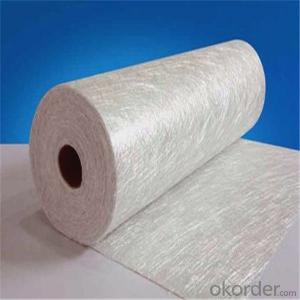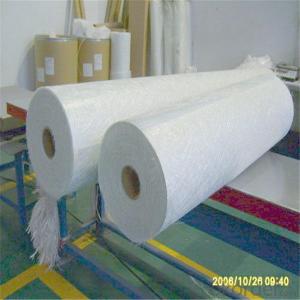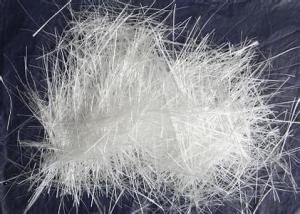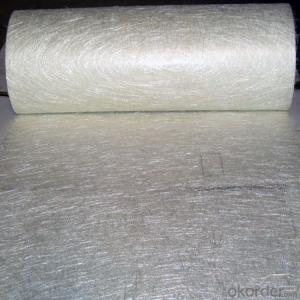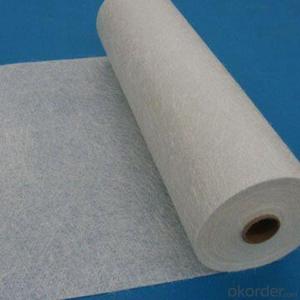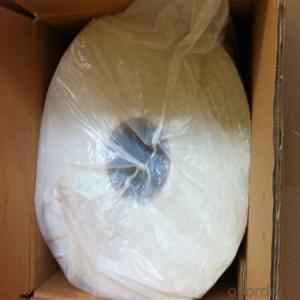2015 1040mm Fibreglass Chopped Stand Mat
- Loading Port:
- Tianjin
- Payment Terms:
- TT OR LC
- Min Order Qty:
- 100 m.t.
- Supply Capability:
- 20000 m.t./month
OKorder Service Pledge
Quality Product, Order Online Tracking, Timely Delivery
OKorder Financial Service
Credit Rating, Credit Services, Credit Purchasing
You Might Also Like
Quick Details
| Technique: | Chopped Strand Fiberglass Mat (CSM) | Dimensions: | 450gsm | Mat Type: | Continuous Filament Mat |
| Fiberglass Type: | E-Glass | Softness: | softness | Place of Origin: | Jiangxi, China (Mainland) |
| Brand Name: | cnbm | Model Number: | 450gsm | color: | white |
| fiberglass type: | E glass | product: | e-glass powder chopped stand mats | binder: | powder or emulsion |
| width: | 1040 or 1270mm, as your requirement | weight: | 30 or 45kg/roll | paper tube diameter: | 90mm |
| outer diameter of roll: | 256mm | packing: | plastic film+carton box + pallet |
Packaging & Delivery
| Packaging Details: | plastic film+carton box + pallet |
| Delivery Detail: | 15-20days |
Specifications
1.e-glass powder chopped stand mats
2.binder:power or emulsion
3.width:1040mm or 1270mm
4.weight:450gsm
Picture
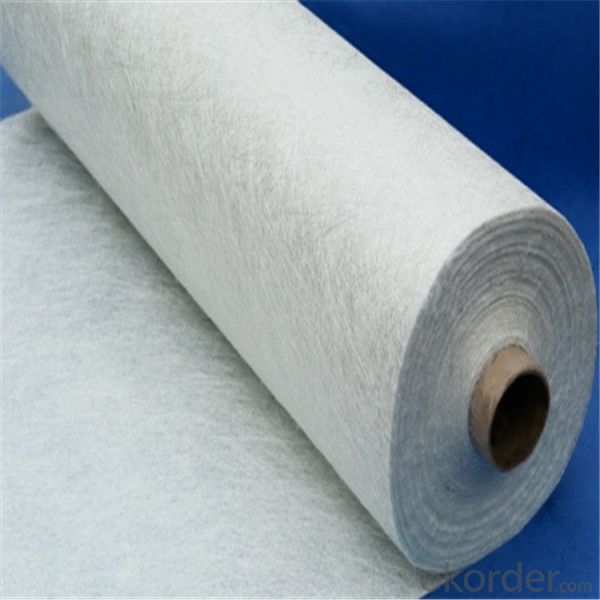
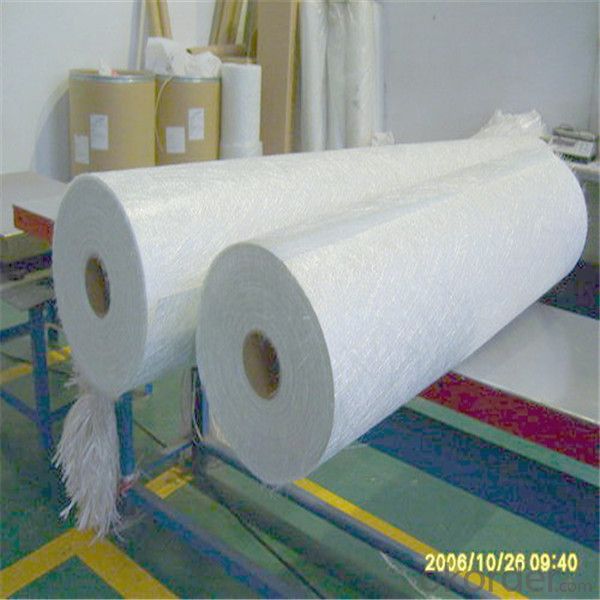
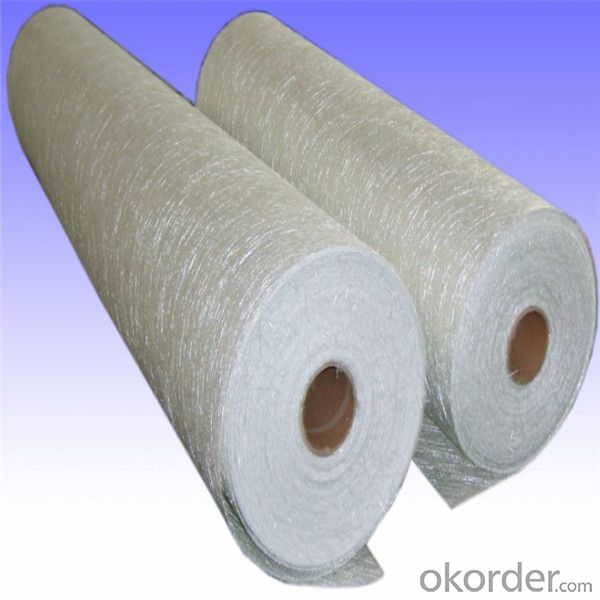
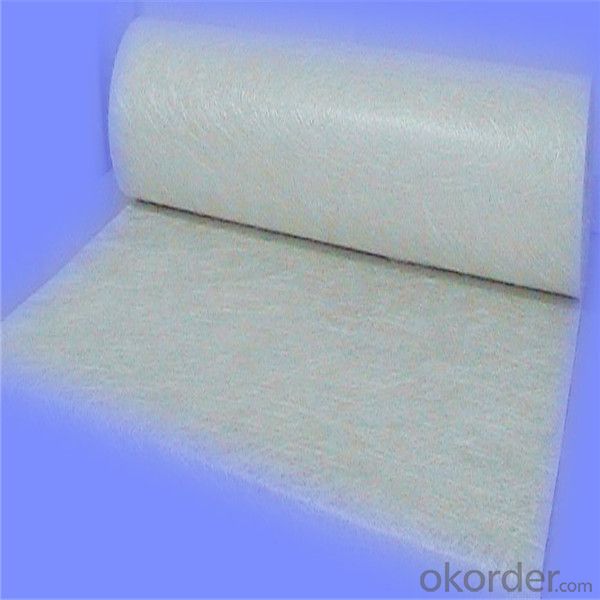
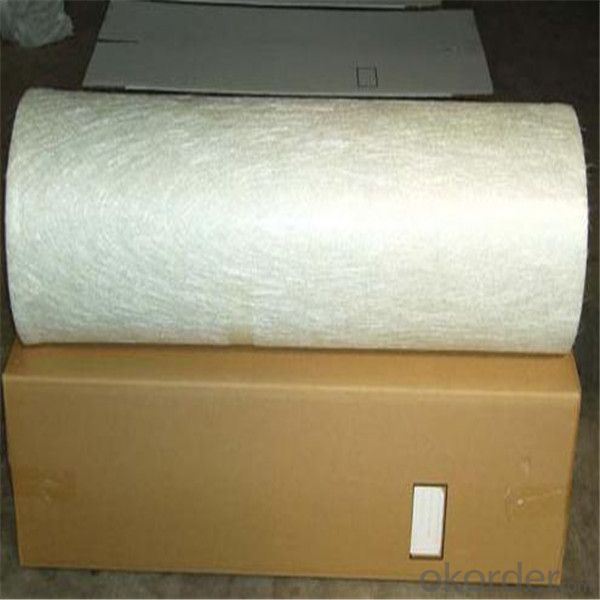
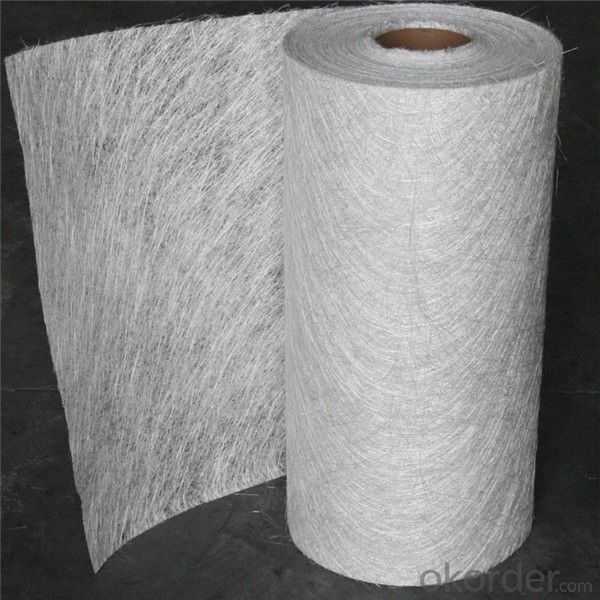
- Q:What is carbon-carbon fiber, what is it used for? What is the difference between carbon- carbon fiber and carbon fiber?
- The former one is called carbon - carbon composite material which is made from carbon fiber.
- Q:Can fiberglass chopped strand be used in the production of electrical insulators?
- Fiberglass chopped strand is indeed applicable in the manufacturing of electrical insulators. This versatile material boasts exceptional electrical insulation properties. With its high dielectric strength, it effectively opposes the flow of electrical current and prevents any leakage. Furthermore, fiberglass exhibits resistance against moisture and chemicals, rendering it suitable for a wide range of electrical applications. In the production of electrical insulators, fiberglass chopped strand is typically combined with a resin matrix to form a composite material that provides insulation and mechanical strength. This composite can be molded into various shapes and sizes to cater to the specific requirements of electrical insulators utilized in diverse applications. All in all, fiberglass chopped strand proves to be a dependable and cost-efficient option for the production of electrical insulators.
- Q:Can fiberglass chopped strand be used in the production of electrical components?
- Certainly! Fiberglass chopped strand finds utility in the manufacturing of electrical components. This adaptable material boasts remarkable electrical insulation characteristics. The chopped strand variant of fiberglass comprises minute, haphazardly arranged fibers, which seamlessly blend with diverse substances, including resins, to engender composite materials. These composites serve as the building blocks for crafting insulators, circuit boards, and enclosures, among other electrical components. Thanks to its electrical insulation, robust mechanical prowess, and resilience against heat and chemicals, fiberglass chopped strand proves ideal for an array of electrical applications.
- Q:How is the chemical resistance of fiberglass chopped strand determined?
- The chemical resistance of fiberglass chopped strand is determined through various tests and evaluations that measure the material's ability to withstand exposure to different chemicals. These tests typically involve immersing the chopped strand in various chemical solutions and evaluating its performance over time, assessing factors such as weight loss, physical appearance, and mechanical properties. The results of these tests help determine the chemical compatibility and resistance of fiberglass chopped strand to different substances.
- Q:Can fiberglass chopped strand be used in electrical transformers?
- Typically, fiberglass chopped strand is not utilized in electrical transformers. For electrical transformers, materials with high electrical conductivity and low magnetic permeability, such as copper or aluminum, are required. In contrast, fiberglass is commonly employed as an insulating material due to its notable strength and resistance to heat and chemicals. Although fiberglass may be appropriate for other applications in electrical systems, it is not the preferred choice for transformers due to its insufficient electrical conductivity.
- Q:Can fiberglass chopped strand be used in aerospace composites?
- Yes, fiberglass chopped strand can be used in aerospace composites. Fiberglass chopped strand is a common reinforcement material that is widely used in various industries, including aerospace. It offers excellent strength-to-weight ratio, chemical resistance, and thermal stability, making it suitable for aerospace applications where lightweight and high-performance materials are required. Fiberglass chopped strand can be used in the production of aerospace components such as panels, fairings, interior parts, and structural elements. It can be combined with other reinforcement materials, such as carbon fibers, to enhance the overall properties of the composite. However, it is important to note that the specific requirements and regulations of each aerospace project should be considered when selecting the appropriate reinforcement material.
- Q:How does the moisture absorption of chopped strand affect its performance?
- The moisture absorption of chopped strand can significantly affect its performance. When moisture is absorbed, it can weaken the mechanical properties of the material, such as its tensile strength and stiffness. Moisture can also lead to dimensional changes, causing warping or distortion in the final product. Additionally, moisture can have a negative impact on the bonding between the chopped strand and the resin matrix, reducing the overall strength and integrity of the composite. Therefore, controlling and minimizing moisture absorption is crucial in order to maintain the desired performance characteristics of chopped strand.
- Q:What are the typical thermal expansion characteristics of chopped strand composites?
- The typical thermal expansion characteristics of chopped strand composites are that they exhibit a low coefficient of thermal expansion. This means that they expand very minimally when exposed to heat and contract when cooled, making them suitable for applications where dimensional stability is important.
- Q:How is fiberglass chopped strand manufactured?
- Fiberglass chopped strand is manufactured through a specific process that involves several steps. Firstly, glass fibers are drawn from molten glass in a continuous process, using a process called fiberization. These glass fibers are then coated with a sizing material to enhance their performance and ensure better adhesion to the resin matrix. After the sizing process, the glass fibers are cut into shorter lengths, typically ranging from a few millimeters to several centimeters. This cutting process is known as chopping. It can be done mechanically using rotating blades or by air-assisted methods, such as a pneumatic gun that blows the fibers against a fast-moving blade. Once chopped, the strands are collected and packaged for distribution or further processing. The packaging can vary depending on the specific needs of the customer, but it is typically in the form of compressed bales or bags. During the manufacturing process, it is crucial to control the length and consistency of the chopped strands. This is achieved by adjusting the cutting speed and blade configuration to meet the desired specifications. Quality control checks are also performed to ensure that the chopped strands meet the required standards for strength, length, and diameter. Overall, the manufacturing of fiberglass chopped strand involves the fiberization of glass, coating the fibers with sizing, cutting them into shorter lengths, and then packaging them for use in various applications such as reinforced plastics, thermoplastic molding, and construction materials.
- Q:Is fiberglass chopped strand compatible with different post-processing techniques?
- Yes, fiberglass chopped strand is compatible with different post-processing techniques. It can be used in various processes such as compression molding, injection molding, and filament winding. The versatility of fiberglass chopped strand allows for its integration into different manufacturing methods and applications.
1. Manufacturer Overview |
|
|---|---|
| Location | |
| Year Established | |
| Annual Output Value | |
| Main Markets | |
| Company Certifications | |
2. Manufacturer Certificates |
|
|---|---|
| a) Certification Name | |
| Range | |
| Reference | |
| Validity Period | |
3. Manufacturer Capability |
|
|---|---|
| a)Trade Capacity | |
| Nearest Port | |
| Export Percentage | |
| No.of Employees in Trade Department | |
| Language Spoken: | |
| b)Factory Information | |
| Factory Size: | |
| No. of Production Lines | |
| Contract Manufacturing | |
| Product Price Range | |
Send your message to us
2015 1040mm Fibreglass Chopped Stand Mat
- Loading Port:
- Tianjin
- Payment Terms:
- TT OR LC
- Min Order Qty:
- 100 m.t.
- Supply Capability:
- 20000 m.t./month
OKorder Service Pledge
Quality Product, Order Online Tracking, Timely Delivery
OKorder Financial Service
Credit Rating, Credit Services, Credit Purchasing
Similar products
New products
Hot products
Related keywords



